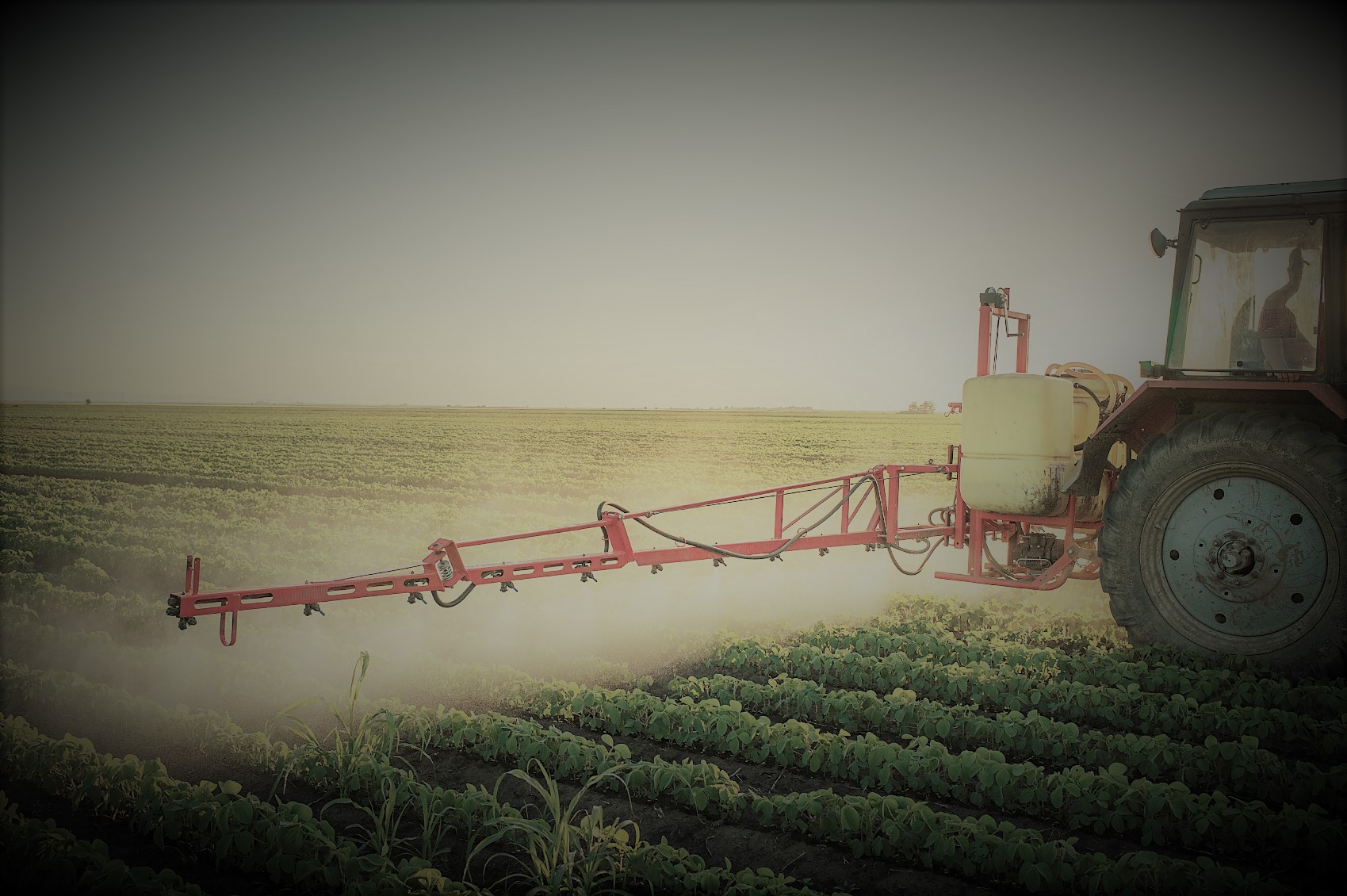- Home
- Science
- Our Work
- Air Pollution
- Agriculture, Farming and Pesticides
- Asthma and other Lung Diseases
- Coronavirus Pandemic (COVID-19)
- Exposure to Chemicals and Dust
- Exposure to Nanomaterials
- Human Exposure
- Neurodegenerative Diseases
- Musculoskeletal Disorders
- Occupational Cancer
- Sustainable Working
- Sustainability and Climate Change
- Stress, Wellbeing and Psychosocial Issues
- COVID-19 IOM Study of Face Coverings in Retail Environments
- Styrene Study
- PROTECT COVID-19 National Core Study
- Firefighters and Cancer – IOM Report
- MORtality Study of Former Professional Footballers in England and Wales (MORSE) Study
- Our Scientists
- Our Expertise
- Nano Material Services
- Development and Management of Data and Information Systems and Services
- Ergonomics Design and Evaluation
- Epidemiological Studies & Methods
- Exposure Assessment
- Health Impact Assessment (HIA) and Risk Assessment
- Policy Evaluations
- Study Design and Statistical Analysis
- Systematic Reviews and Meta-analyses
- Toxicology
- Workplace Cluster of Disease
- IOMLIFET
- IOM Scientists Advocate Tighter Standards for Airborne Dust at Work
- Research Project on Work Related Musculoskeletal Disorders
- Styrene Study
- Firefighters and Cancer – IOM Report
- IOM Library
- Contact our Research Experts
- Our Work
- Occupational Hygiene
- Case Studies
- Air Quality Sensors
- COSHH Assessment
- Dust Exposure
- Environmental Management
- Face Fit Testing
- Hand-Arm Vibration
- Indoor Air Monitoring
- Laboratory Animal Allergens
- Legionella Risk Assessment
- Local Exhaust Ventilation
- Noise Monitoring
- Thermal Exposure Monitoring
- Workplace Exposure Limits (WELs)
- Welding Fumes
- Remote Monitoring Services
- Formaldehyde Exposure Monitoring
- Biological Agent Exposure Monitoring in Waste Management
- Chromium VI
- Occupational Hygiene – Quick Quote
- Lab Services
- Asbestos and other Fibres
- Asbestos Sample Testing
- Asbestos Proficiency Testing
- Dust and Crystalline Silica
- Lead in Paint
- Metals, acid anions, acid gases
- Microbiology
- Pharmaceuticals
- Solvents & Other Organic Chemicals
- Hazard Assessment and Toxicology
- Dustiness Testing of Bulk Powders
- Testing the effectiveness of protective coverall and PPE
- Lab Services Quick Quote
- Hospital Ventilation
- Authorising Engineer
- Dentistry Post Lockdown
- Design Review
- Independent Review
- Diathermic pen and Electro surgical tool testing
- Microbiological Monitoring
- Systems Refurbishment and Upgrade
- Validation and Verification Testing
- HSE COVID-19 Spot Check Inspections
- Training
- Contact Our Hospital Ventilation Experts
- Consultancy
- Our Company
- Contact Us

Agriculture, Farming and Pesticides
The importance of agriculture is shown by its vital contribution to global food security. Besides providing food and raw materials to the general public and secondary processing industries, the sector itself it is an important employer for populations.
In 2018 the agriculture sector contributed more than €188.5 billion (~ £169 billion) to the EU-28 gross domestic product offering employment to more than 20 million people. The relevant numbers specific for the UK were £9.5 billion and more than 477,000 people. British farms are among the largest in Europe both in terms of average size of cultivated land and numbers of housed animals.
The nature of agricultural work means that the health of farmers and agriculture workers, both in the UK and globally, is routinely challenged by regular exposures to a wide variety of different substances including pesticides, gases and fumes, infectious agents, and inorganic and microbial dusts such as allergens, fungi, bacteria and their integral constituents. Work-related musculoskeletal disorders, injuries and accidents, including fatalities, are well known risks amongst workers in this sector.
Agricultural emissions including particulates, microbial dusts, odorants and pesticides can also impact on the health and wellbeing of people living in close proximity to stables and/or farm land.
In 2017, the rate of non-fatal workplace injuries in UKs agriculture and related industries was approximately two times higher than the corresponding rate for all industries combined. Agriculture had also the second highest rates of musculoskeletal disorders and self-reported ill health among UK workers and a fatal injury rate (8.44 per 100,000 workers) that was higher than any other main industry sector:
http://www.hse.gov.uk/statistics/overall/hssh1617.pdf
http://www.hse.gov.uk/statistics/industry/agriculture.pdf
Annually, more than 3 million severe acute poisonings are estimated to occur globally from the use of pesticides, with approximately 1/3 of the cases arising from unintentional exposure.
IOM has a long history of research into hazardous exposures in the agricultural industry and the health effects of farming. Previous work performed by IOM projects include the characterisation of exposures to pesticides among workers and residents living adjacent to cultivated land, the development and evaluation of methods to assess historical exposures for use in epidemiology, the establishment of exposure related databases, and the execution and analysis of epidemiological studies in the area. Many of our studies have involved the use of biomonitoring to determine total exposures to the agent of interest.
More recently IOM researchers have been involved in studies aiming to characterise occupational pesticide exposures during amenity work and we are leading a systematic effort to improve the methodologies used in the assessment of occupational pesticide exposure in epidemiological research.
Moreover, our staff include global leading experts, among others, on the field of microbial exposures of farming populations and the related health effects.
We have extensive working experience in:
• the design, establishment and evaluation of interventions
• the design, performance and analysis of exposure monitoring campaigns
• the assessment and modelling of historical exposures to pesticides and microbial exposures for the purposes of epidemiological analysis
• the establishment, performance and analysis of epidemiological studies involving farming populations
• reviewing published scientific literature related to health effects caused by farming exposures
Key Projects
Improving exposure assessment methodologies for epidemiological studies on pesticides (IMPRESS) (www.impress-project.org)
• Pesticide biomonitoring in residents living near agricultural fields (http://www.pesticidebiomonitoring.org)
• The TEMPEST Study – The epidemiology of the association between pesticide use and Parkinson’s Disease ( https://www.iom-world.org/tempest/default.html )
• Biological monitoring of pesticide exposures
• Desk study into links between prostate cancer and pesticide exposure
• Pesticide exposure and respiratory disease: review of the literature
• Epidemiological study to detect well defined chronic effects in humans of dipping sheep with organophosphorous products
Some selected IOM publications
Jones K, Basinas I, Kromhout H, van Tongeren M, Harding AH, Cherrie JW, Povey A, Sidek Ahmad ZN, Fuhrimann S, Ohlander J, Vermeulen R, Galea KS (2020) Improving Exposure Assessment Methodologies for Epidemiological Studies on Pesticides: Study Protocol JMIR Res Protoc 2020;9(2):e16448. DOI: 10.2196/16448.
Connolly A, Coggins M, Galea KS, Jones K, Kenny L, McGowan P, Basinas I. 2018. Evaluating glyphosate exposure routes among amenity horticulturalists and their contribution to total body burden. Ann Work Exp Health; https://doi.org/10.1093/annweh/wxy104
Vested A, Basinas I, Burdorf A, Elholm G, Heederik D, Jacobsen GH, Kolstad HA, Kromhout H, Omland Ø, Sigsgaard T, Thulstrup AM, Toft G, Vestergaard JM, Wouters IM, Schlünssen V. 2018 A nationwide follow-up study of occupational organic dust exposure and risk of chronic obstructive pulmonary disease (COPD). Occup Environ Med; https://doi.org/10.1136/oemed-2018-105323.
Galea KS, MacCalman L, Jones K, Cocker J, Teedon P, Cherrie JW, van Tongeren M (2015) Urinary biomarker concentrations of captan, chlormequat, chlorpyrifos and cypermethrin in UK adults and children living near agricultural land. JESEE. doi:jes.2015.54.


